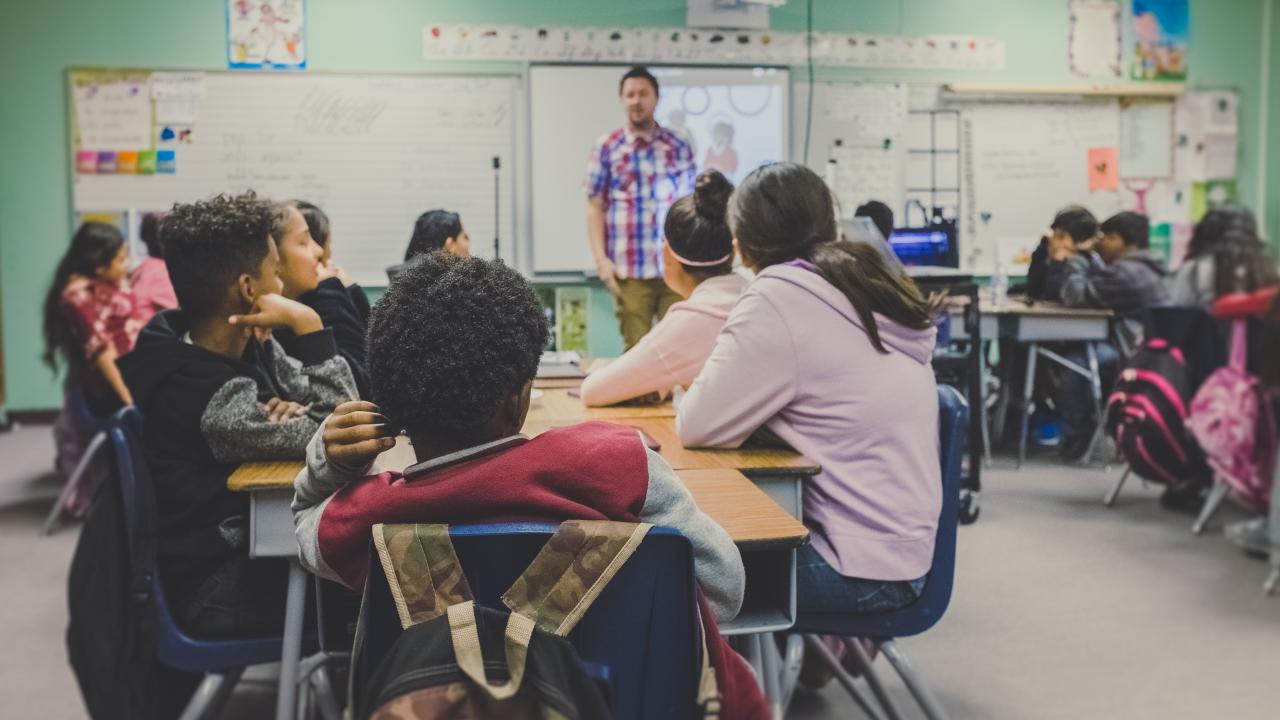
Corpora, Enthusiasm and Pair Work in L2 Education
CORPORA, ENTHUSIASM AND PAIR WORK IN L2 EDUCATION
Each year, graduate students organize the Annual Symposium on Language Research to showcase the latest language-related research. The 6th Annual Symposium held on May 24th featured a variety of panels on the latest language-related research, one of which was centered on corpora-based approaches and best practices for second-language (L2) reading.
“What is a corpora or corpus?” Jennifer Evans of California State University, Northridge described corpora as “samples of authentic, naturally-occurring language.” More specifically, corpora constitute “a collection of written or spoken material in machine-readable form, assembled for the purpose of linguistic research,” that is comprised of “lexical clusters, chunks or bundles.” Corpora provide scholars with a quantitative approach to researching language by using “frequency data about language phenomenon.”
According to Evans, there are many benefits to using a corpora-based approach to teaching. Because corpora are based on real-life language, this approach is “intuitive and authentic” and “enhances critical thinking and analytical skills.” Corpus-based education is a form of data-driven learning (DDL), which encourages student independence and an active learning process. While most researchers who look at corpus as applied to the classroom focus mostly on writing, Evans’ interests lie in its effect on speaking.
For this research, she examined TED Talks as a genre. TED Talks are a particularly useful research tool because the transcripts are available online. It is much easier to capture written than spoken language, Evans explained; TED Talks are a way to bridge that gap. By using TED Talks and corpus-based tools, such as the concordance software AntConc and the content-based vocabulary site lextutor.ca, Evans created a course to help students apply the same skills researchers do in teaching writing as to teaching English speaking.
Professors Shelley Dykstra and Diego Alins of the UC Davis Spanish Department, on the other hand, spoke about effective teaching in L2 reading. In their research, they utilized graded readers, books with the language level simplified that emphasize vocabulary and grammar, to “facilitate the transition to reading authentic text,” as Alins described. Their quarter-long project followed four hundred students in Spanish 1, 2 and 3 who were split into six separate classes per grade level. Four in each level were treatment groups, while two in each level were control groups. In the future, Dykstra and Alins hope to conduct a longitudinal study to augment this research.
“The only significant results in the quantitative data are the enthusiasm of the teacher and the interest of the student,” Dykstra stated. She and Alins hypothesized that “pair work would be a significant factor.” While this did not bear out in the quantitative results, both pair work and student perception of their acquisition of grammar and vocabulary were key to the qualitative results. Qualitative information was amassed via questionnaires completed by both students and teaching assistants. Of forty-seven students who responded to a question about pair work, thirty-eight favored it as a learning exercise. Sixty students “mentioned that the acquisition of grammar and vocabulary was something they improved on or enjoyed as part of the reading activities.”
How can we increase teacher enthusiasm and student interest? According to Dykstra and Alins, “pair work, relating books and activities to the course content, and empowering teachers by giving them more academic freedom to choose their own books and activities” are good places to start.
–Ashley Serpa, Graduate Student Researcher for the Humanities Institute and PhD Candidate in History
